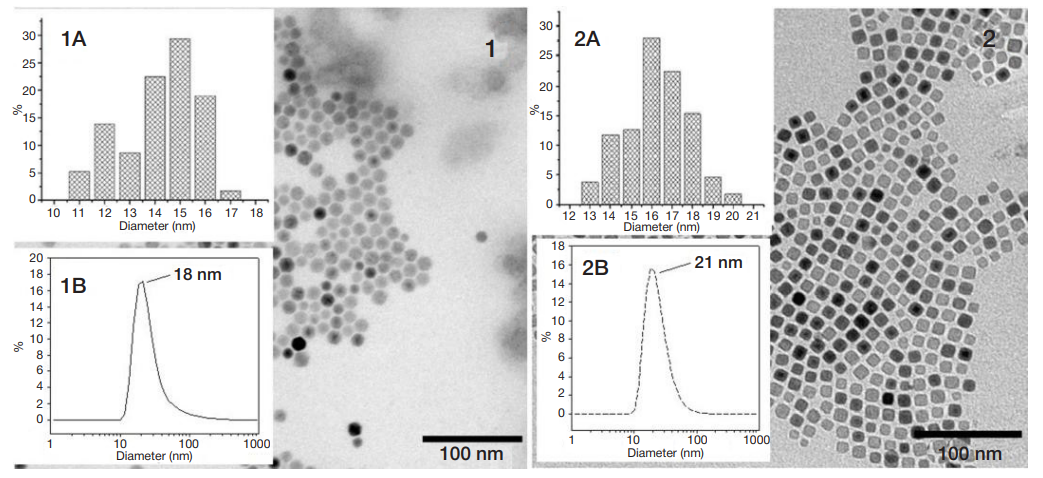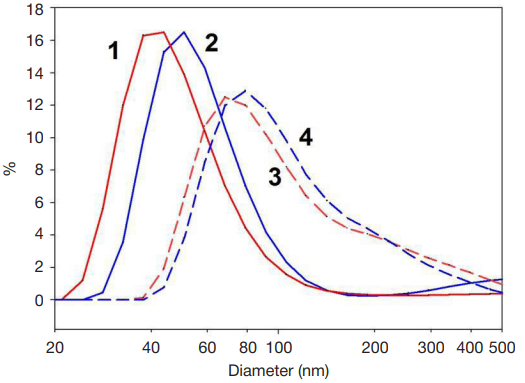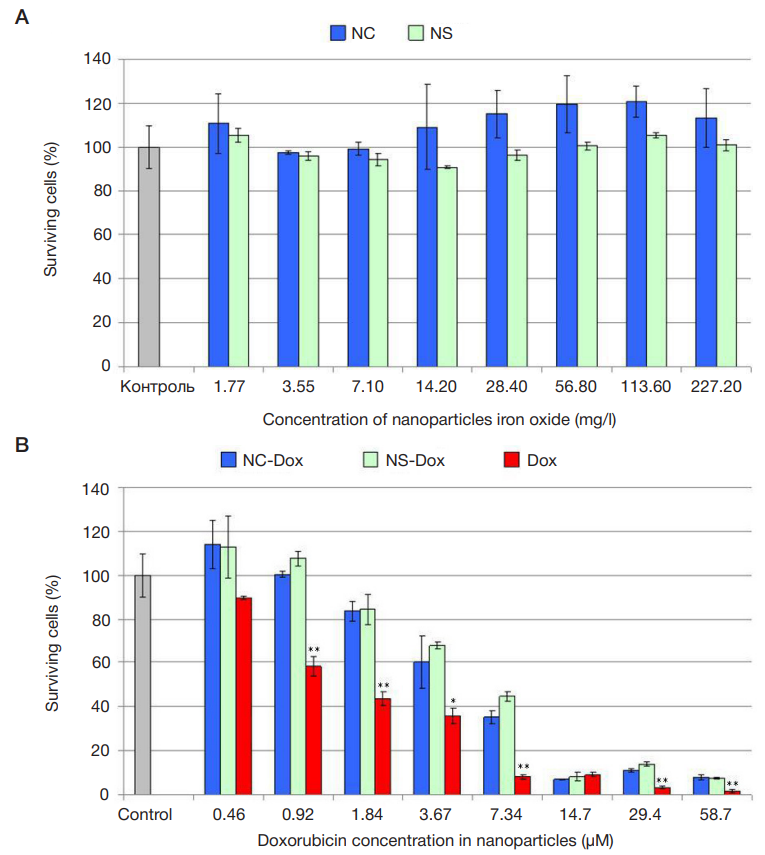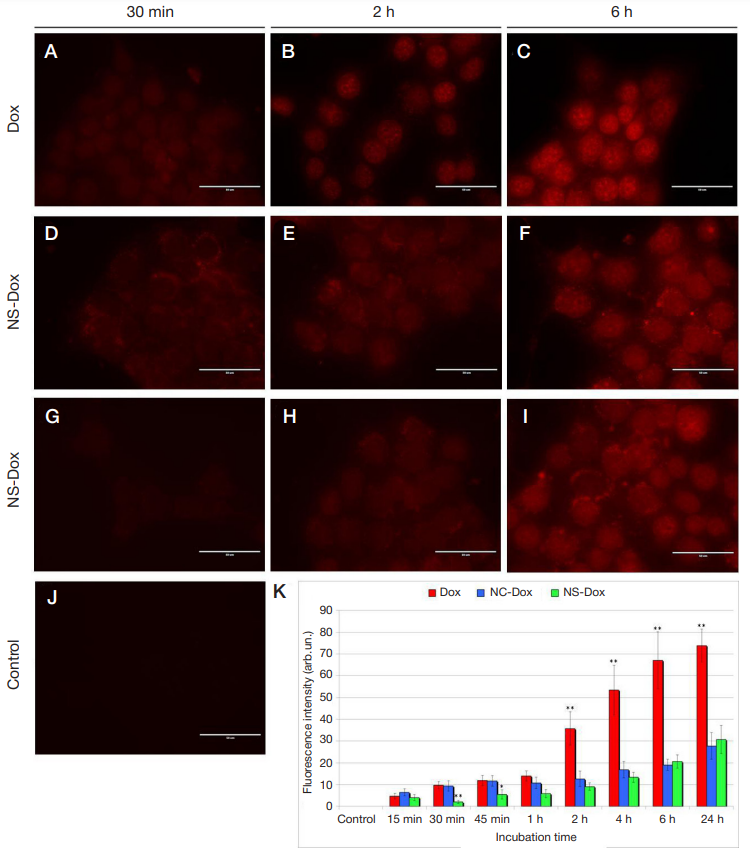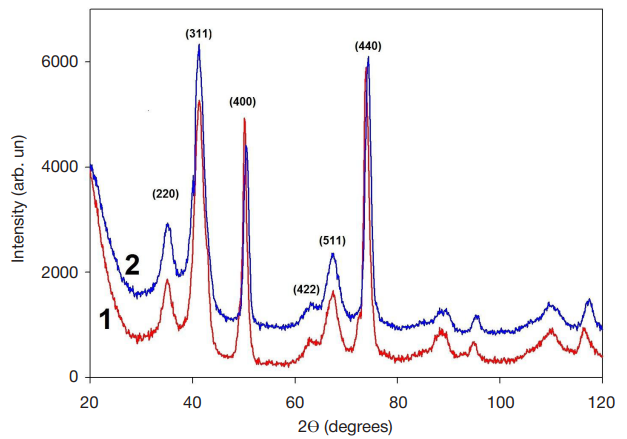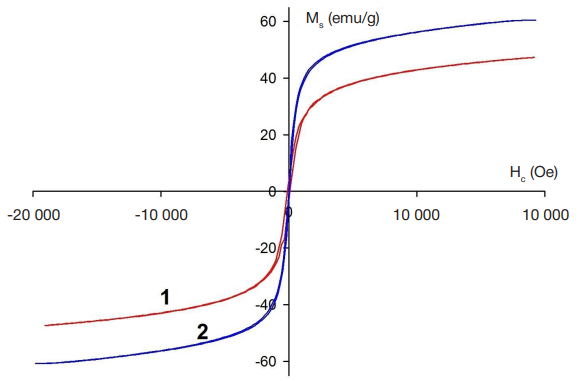
ORIGINAL RESEARCH
The use of iron oxide magnetic nanospheres and nanocubes for targeted doxorubicin delivery into 4t1 mouse breast carcinoma cells
1 Laboratory of Biomedical Nanomaterials National University of Science and Technology MISiS, Moscow
2 Research Laboratory of Tissue-Specific Ligands, Faculty of Chemistry, Lomonosov Moscow State University, Moscow
3 Department of physical materials science, National University of Science and Technology MISiS, Moscow
Correspondеnce should be adressed: Timur R. Nizamov
Leninsky 4, Moscow, 119049; moc.liamg@rumit.vomazin
Funding: the study was supported by the Ministry of Education and Science of the Russian Federation in the context of the Agreement #14.578.21.0201 (project code RFMEFI57816X0201).
